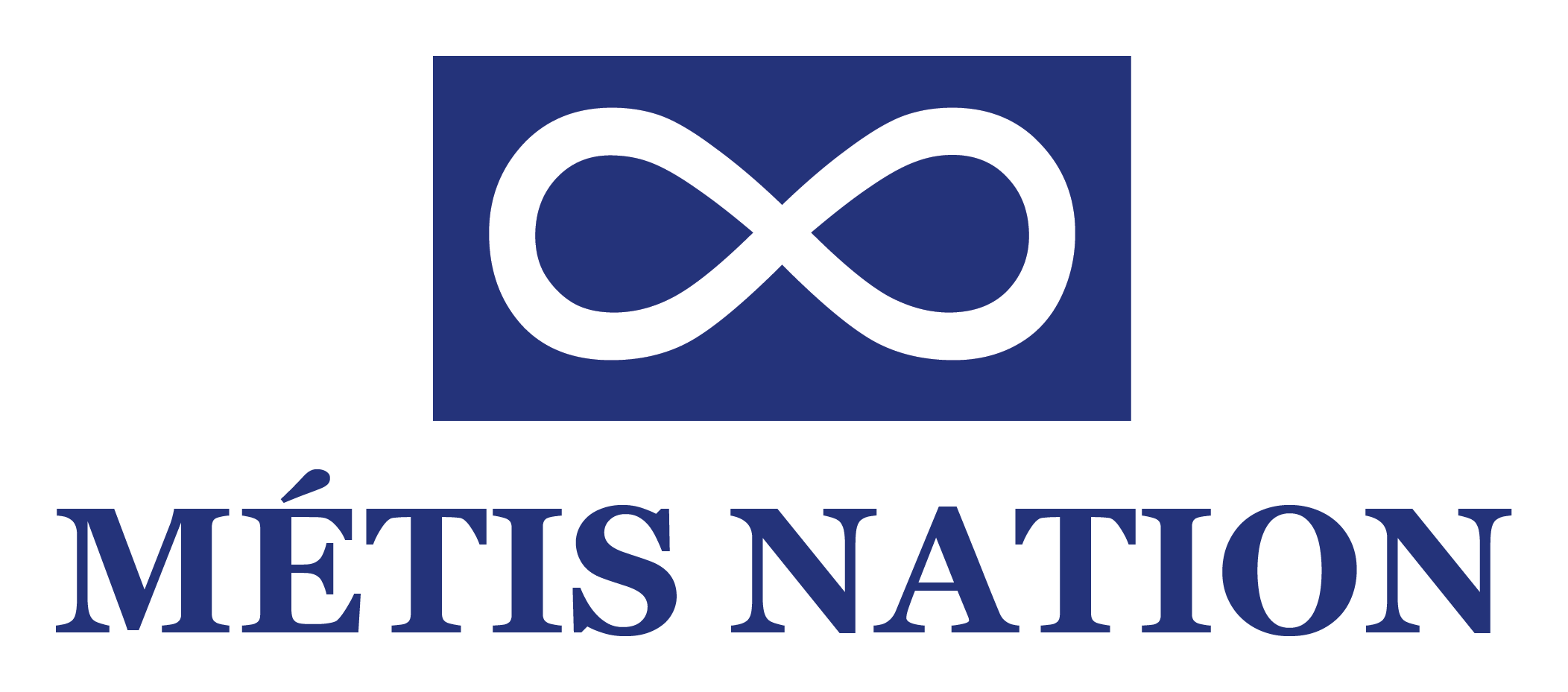Anomaly: A value that indicates the deviation, or difference, from a baseline/normal value. Negative values indicate below baseline. Positive values indicate above baseline.
BCSD: The climate model data presented in version 1 of the Climate Atlas consisted of 12 global climate models that were downscaled to a finer spatial resolution using the Bias Correction Spatial Disaggregation (BCSD) method. These data were provided by the Pacific Climate Impacts Consortium (PCIC).
BCCAQ: The climate model data presented in version 2 of the Atlas consists of 24 global climate models downscaled to a finer spatial resolution using the Bias-Correction/Constructed Analogues with Quantile mapping reordering (BCCAQ) method. This method offers several improvements over the older BCSD method. See our Data and Methods and Notes and Limitations pages for more information.
CMIP5: Coupled Model Intercomparison Project, Phase 5. CMIP5 is a coordinated climate modeling exercise involving 20 climate-modeling groups from around the world. It has produced a standard experimental protocol for studying the output of many different global climate models. The output from CMIP5 ensemble experiments is used to inform international climate assessment reports, such as those from the IPCC and the U.S. Global Change Research Program.
Ensemble: There are many different models, and they take various approaches to projecting future climates. Because no one model can be considered best, it is standard practice in climate change studies to use the outputs of many models when studying projected future climate changes. This provides a plausible range of outcomes for analysis and decision-making. The group of models that contribute to any such aggregate result is called the “ensemble” of models. We use 24 models made available from the Pacific Climate Impacts Consortium (PCIC) to create our ensemble values.
Global Climate Models: This is an informal term that can refer to various kinds of climate models, including General Circulation Models.
General Circulation Models (GCM): In the scientific literature, these are also called Atmosphere-Ocean General Circulation Models. GCMs use powerful computers to model the planet’s climate using equations and parameters to describe patterns, processes, and interactions in the atmosphere and oceans and project future climate changes under different carbon emission scenarios. Our Climate Atlas presents the results from an ensemble of 24 GCMs, using the High Carbon RCP8.5 and Low Carbon RCP4.5 scenarios. See our Climate Change Projections page for a full discussion.
Greenhouse gases: These are gases that can absorb and emit thermal infrared (heat) energy. The most important greenhouse gases in the atmosphere include water vapour, carbon dioxide, methane, nitrous oxide and ozone. Without any greenhouse gases in its atmosphere, Earth would be too cold to support life as we know it. However, too high a concentration of greenhouse gases in the atmosphere can result in a dangerous level of planetary warming.
Growing Season: April 1 to October 31
High Carbon Scenario: This scenario assumes that greenhouse gas concentrations will continue to increase at approximately the same rate as they are increasing today. Under this scenario, the planet’s radiative forcing will have increased by 8.5 W/m2 by the year 2100, relative to 1750 (and continues to rise well after 2100). In the scientific literature, this scenario is referred to as “RCP8.5.” Of the four greenhouse gas pathways (RCP8.5, RCP6.0, RCP4.5, RCP2.6) used by the IPCC for its 5th Assessment Report, this pathway results in the most severe global warming and climate change.
IPCC: Intergovernmental Panel on Climate Change. The IPCC is an international body administered by the United Nations. It was created to assess climate science research, and it regularly issues authoritative assessment reports about the science of climate change, climate change impacts, and policy options for adaptation and mitigation.
Low Carbon Scenario: This scenario assumes that greenhouse gas emissions will continue to increase (but more slowly than they are today) until mid-century and then decline significantly, stabilizing at a relatively low level by the end of the century. However, carbon dioxide concentrations will still end up being much higher than they are today. The IPCC describes this scenario as a “stabilization pathway” that increases the planet’s radiative forcing by 4.5 W/m2 by the year 2100, relative to 1750. In the scientific literature, this scenario is referred to as “RCP4.5.” Of the four greenhouse gas pathways (RCP8.5, RCP6.0, RCP4.5, RCP2.6) used by the IPCC for its 5th Assessment Report, this RCP results in the second-lowest level of global warming and climate change.
Paris Agreement: This international agreement on climate change was reached in December 2015. It falls under the United Nations Framework Convention on Climate Change (UNFCCC) dealing with greenhouse gas emission reductions, adaptation and finances. Its aim is to limit the rise in the global average temperature to less than 2 °C above the pre-industrial average and, ideally, to no more than 1.5 °C.
PCC: Prairie Climate Centre. The PCC is a climate change research, communication, and policy centre based at the University of Winnipeg. Read more at our About Us page.
PCIC: Pacific Climate Impacts Consortium. Based at the University of Victoria, the PCIC is a regional climate services centre that does statistical and scientific research on climate change and climate variability.
Pre-Industrial Period: The industrial revolution began in England in the 1700s, and ushered in the era of human-caused climate change. Climate measurements and projections are frequently compared to pre-industrial values. The most recent IPCC assessment report uses the period 1850-1900 to represent this baseline.
Radiative Forcing: a measure of the influence a factor (such as carbon dioxide) has in altering the balance of incoming and outgoing energy in the climate system. Something that has a positive RF value increases the energy of the system and thereby the temperature of the planet.
RCP4.5: see “Low-Carbon Scenario”
RCP8.5: see “High-Carbon Scenario”
Representative Concentration Pathway (RCP): These are standard scenarios that are used in climate modeling to simulate how the climate might change in response to different levels of human activity. In effect, they represent possible trajectories of greenhouse gas concentrations. Four RCP scenarios were developed to guide climate research, each leading to a different degree of radiative forcing (indicated by the number given to each RCP). RCP8.5 leads to the most warming and describes a possible future resulting from ongoing increases in greenhouse gas emissions (we refer to this as the “High Carbon Scenario” in the Atlas). RCP2.6 leads to the least warming, and reflects a future shaped by aggressive and immediate efforts to drastically reduce greenhouse gas emissions. RCP4.5 (our “Low Carbon Scenario”) and RCP6.0 are between these extremes, and model futures in which some mitigation of emissions prevents the extreme warming seen in RCP8.5.









.png)


